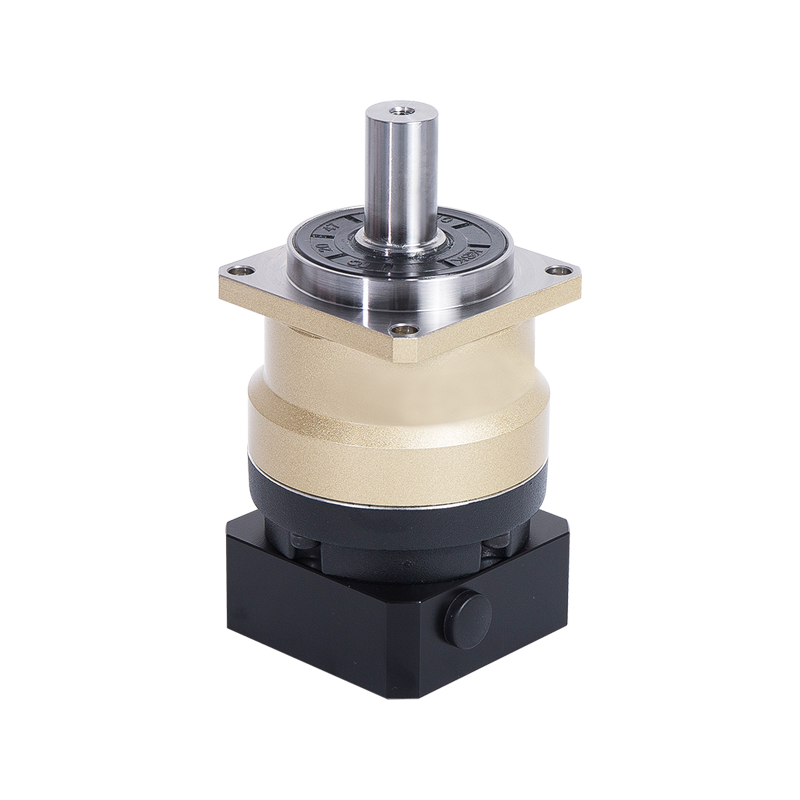Door Driving Precision Planetary Reducer
Cat:MK series planetary reducer
Industry-product lineupApplicable to: Door drive (planetary, coaxial shaft)MKB Precision Planetary Reducer is a cutting-edge mechanical device designe...
See DetailsA Low Noise Economical Star Reducer is designed to provide efficient speed reduction while minimizing operational noise. However, like any mechanical component, it can sometimes develop unusual noises during operation. These sounds may indicate minor maintenance issues or potentially serious mechanical problems. Proper troubleshooting is essential to prevent damage, ensure safety, and maintain optimal performance.
Before attempting troubleshooting, it is crucial to understand what constitutes normal operation. A Low Noise Economical Star Reducer should operate smoothly, with minimal vibration and low decibel levels. Typical sounds may include a faint mechanical hum or the subtle whirring of gears under load. Anything louder, sharper, or intermittent may signal a problem.
The main factors affecting noise in these reducers include:
Understanding these factors helps narrow down potential causes when unusual noises occur.
Unusual noises in a Low Noise Economical Star Reducer typically fall into several categories:
Gear Wear or Damage
Over time, gears may experience pitting, chipping, or uneven wear. Damaged teeth can produce clicking, grinding, or scraping sounds during rotation. Inspecting the gear teeth for visible wear or irregularities is the first diagnostic step.
Insufficient or Contaminated Lubrication
Lubrication is critical for reducing friction and maintaining smooth operation. Old, dirty, or insufficient oil can increase noise levels, generate heat, and accelerate wear. A low oil level may produce a high-pitched whining or squealing sound.
Misalignment
Misaligned shafts or gears can create vibration and abnormal noise. Even a small deviation from proper alignment can result in rubbing, scraping, or humming sounds.
Bearing Issues
Bearings support rotational motion within the reducer. Worn or damaged bearings can produce grinding, rumbling, or knocking noises. This may also be accompanied by excessive vibration.
Overloading or Shock Loads
Operating the reducer above its rated capacity can produce loud whining or knocking sounds. Sudden changes in load (shock loads) may cause transient noises.
Loose Components or Fasteners
Bolts, housing, or mounting components that have loosened over time can create rattling, buzzing, or intermittent noises.
Contamination
Dust, debris, or foreign objects inside the reducer can interfere with gear engagement and produce unusual sounds.

Regular maintenance and careful operation are key to preventing noise issues:
By proactively maintaining your Low Noise Economical Star Reducer, you can minimize downtime, extend lifespan, and maintain the low-noise performance that it is designed for.
Some issues require expert intervention:
In such cases, contact a qualified technician or the manufacturer for inspection and repair. Attempting extensive repairs without proper expertise may worsen damage or void warranties.
Unusual noises in a Low Noise Economical Star Reducer can indicate anything from minor lubrication issues to significant mechanical problems. By following a systematic troubleshooting approach—inspection, lubrication, alignment, bearing check, load assessment, and contamination removal—you can identify the root cause and implement an appropriate solution. Regular maintenance and careful operation not only prevent noise but also enhance efficiency, longevity, and reliability.
Addressing noise early ensures safe operation and reduces the risk of costly downtime, helping you maximize the benefits of your Low Noise Economical Star Reducer.